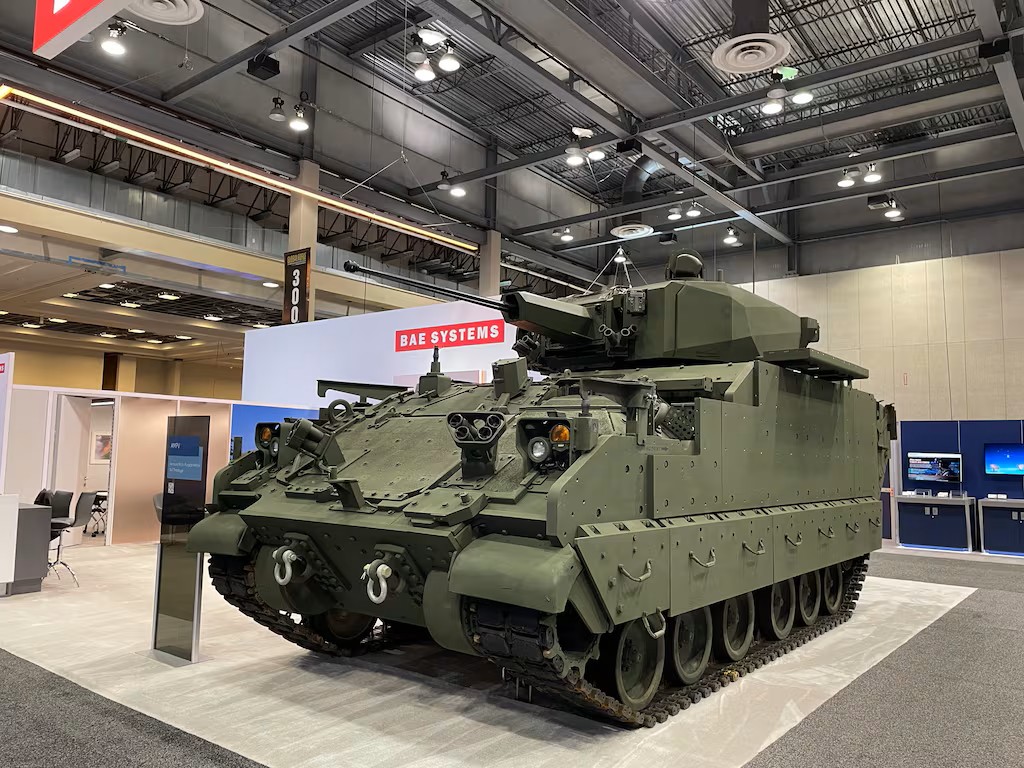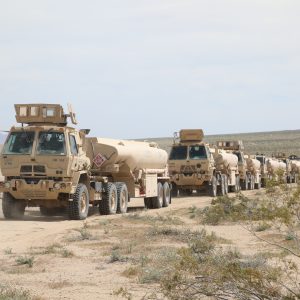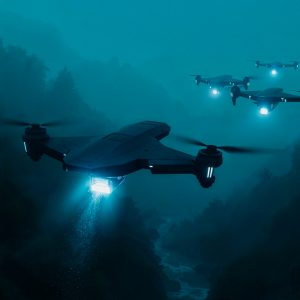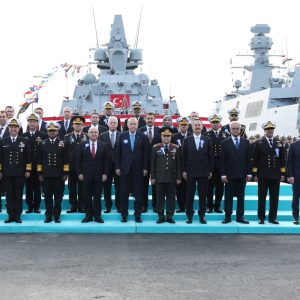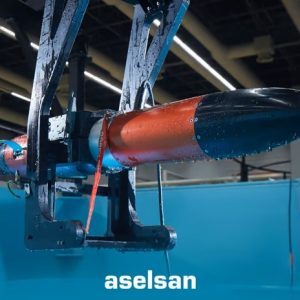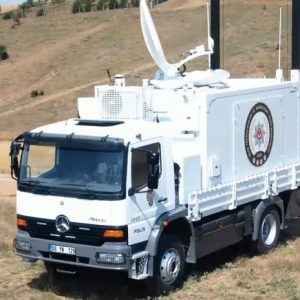BAE Systems has partnered with autonomy specialist Forterra to speed up work on a self-driving version of the U.S. Army’s Armored Multi-Purpose Vehicle (AMPV). This is the first external collaboration under BAE’s new “capability kit” modernization drive.
The deal, announced on September 30, sets a goal of delivering a working autonomous AMPV prototype by 2026. A live demonstration will follow. The timeline shows how defense firms are adapting to the faster pace of the commercial technology sector.
Urgency behind the modernization effort
The U.S. Army wants vehicles that can keep up with new threats such as drones, jamming, and electronic warfare. Therefore, it now demands faster upgrades and modular technology.
“This partnership isn’t about buzzwords. It is about rolling up our sleeves and offering real options that help the Army stay dominant,” said Bill Sheehy, BAE’s ground maneuver product line director.
BAE brings decades of production expertise. Forterra contributes its AutoDrive system, a proven full-stack autonomy package. Together, the two companies aim to give soldiers what Sheehy called “the edge they deserve.”
AMPV with an autonomy kit
The AMPV, already in full-rate production since 2023, replaces the old M113 family of vehicles. It serves in the Army’s Armored Brigade Combat Teams (ABCTs) alongside the Bradley Infantry Fighting Vehicle and the Paladin self-propelled howitzer.
BAE’s new approach centers on capability kits. These are bolt-on upgrades that add advanced functions without redesigning the whole vehicle. They allow the Army to integrate sensors, AI, or counter-drone systems more quickly.
Forterra’s AutoDrive platform offers an open architecture. It can connect with other Army systems and support future payloads.
“AutoDrive is a pathway to stronger networks and smarter operations,” said Patrick Acox, Forterra’s vice president of defense growth. “Working with BAE to integrate it into the AMPV will provide another shield for national security.”
Benefits for soldiers on the ground
Autonomous features can extend the AMPV’s role beyond troop transport. The Army could send it on resupply runs, casualty evacuations, or reconnaissance missions. These tasks are often high risk, yet autonomy reduces the danger to crews.
In addition, the same technology could move into the Bradley A4 and M109A7 Paladin. That would spread the benefits across the entire armored team.
A cultural shift in defense procurement
This program fits a wider Pentagon push for faster, modular procurement. Instead of a decade-long cycle, the Army now seeks upgrades that can be deployed within years.
In August, BAE invested in several AMPV prototypes equipped with different capability kits. The company promised to deliver “combat vehicle innovation at speeds that outpace the adversary.”
The new partnership with Forterra shows BAE’s willingness to bring in outside expertise. It also proves that modular autonomy is becoming central to the future of combined arms.
Analysis: autonomy as a force multiplier
The BAE–Forterra project highlights three key defense trends:
- Faster timelines – Military procurement is now judged by its ability to deliver in three to four years.
- Open architecture – Systems must be flexible and interoperable, especially across NATO allies.
- Risk management – Autonomy moves dangerous missions from soldiers to machines, changing the survivability balance.
If successful, the AMPV autonomy kit could set the template for how the Army adapts its fleet for future conflicts.
Key Facts
- Partnership announced: September 30, 2025
- Prototype target: 2026
- Platforms: AMPV (first), with potential for Bradley A4 and M109A7 Paladin
- Technology: Forterra AutoDrive, modular autonomy kit
- Strategic goal: Accelerate modernization against new threats
- Operational uses: Resupply, medical evacuation, reconnaissance

